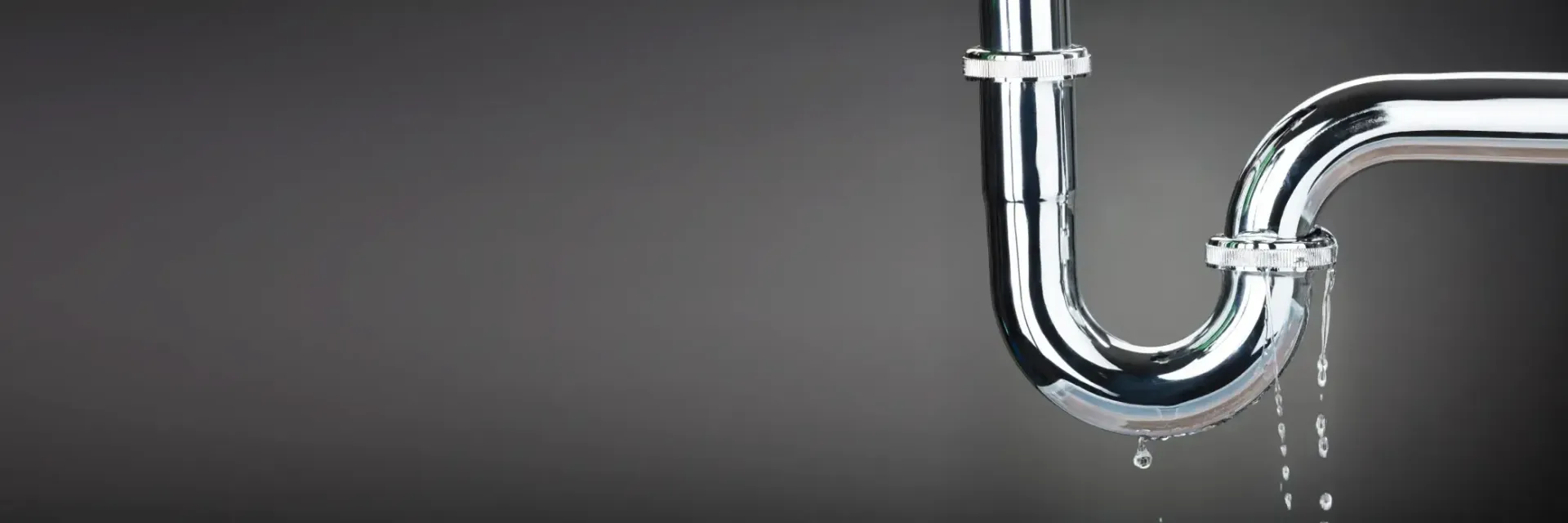What to Do with Leftover Grease and Oil
Some of our favorite foods to cook are definitely not our favorite foods to clean up. Take bacon, for instance. It’s a breakfast staple that brings everyone in the family to the kitchen before their alarms go off. But after all that bacon has disappeared, you’re left with a skillet filled with grease.
You might be tempted to dispose of grease and other fatty sources down the drain. Don't! Instead, learn the proper techniques for grease disposal to keep your plumbing healthy.
Why is Grease Disposal Important?
Think back to the last time you had a pan brimming with oils and grease after making an amazing meal. What happened to the grease as it sat? Whether the grease came from an animal or plant source, it probably congealed at least a little or became cloudy.
This is a natural process for grease. At room temperature, some grease will solidify, and even if it doesn’t, it still retains a “clingy” texture. That’s what makes it so tough to get an oily plate spotless. Without special attention, the oil will linger and leave a film on whatever it touches.
Knowing how to properly get rid of grease is a valuable — yet surprisingly underrated — skill that everyone needs to know. Therefore, keep reading to learn the right ways to give hot and cooled grease and oils the boot without causing damage to your plumbing system.
How to Dispose of Hot Grease
Let’s go back to our original scenario. You’re ready to dispose of bacon grease the minute you’ve taken out all the bacon strips. At this point, the bacon grease is hot.
If you hate to have dirty dishes around, you might think that you should address the grease right away. A better solution, though, is to wait for the grease to cool down. Never pour hot grease or oil down the drain, into a toilet (yes, people have done this), or directly into your garbage can lined with a thin plastic bag.
That said, if you just can't wait for it to get cold, you can carefully pour it into a container, like a glass jar, and let it congeal there. But you’re still going to have to dispose of the grease later.
How to Dispose of Used Cooking Oil and Grease Once It’s Cool
Once your grease or fat has turned into a thick residue, you might wonder, “Can I pour oil down the drain? It seems like it won’t hurt the plumbing at this point.” The answer is, "No."
Here’s why pouring oils and grease — even if they’re room temperature or cooler — down the drain is a bad idea: Both will stick to the walls of your pipes. Over time, their stickiness will attract food particles and other debris, creating a blockage. Plus, all the oils can damage your garbage disposal, too.
In other words, you can’t treat grease and oils like you would broth or non-oily sauces. You have to get rid of grease and oil in a specific way:
Wipe It Off: Is your grease hard? Animal and dairy fats often harden after cooling. To clean them up, wipe off your pots and pans where they've hardened. Use paper products like paper towels or even old newspapers. Be as thorough as possible. You can just toss the greasy paper into the trash.
Drip It Away: Is your oil still pretty thin and runny, even though you stopped cooking more than an hour ago? Find an old container you no longer want and pour the oil into it. Then, discard the container filled with liquid grease into the garbage. You may want to put it into a separate bag first if you’re worried it might leak all over once it’s in the trash can.
Oil and Grease Disposal Tips
Here are a few grease disposal tips to keep in mind:
- Never put any type of oil down the drains in your home or office.
- Never pour oils and greases into your backyard as a desperate measure to get rid of them.
- Never give grease to your pets — it’s bad for them, even if they seem to like it.
- Never pour hot grease directly into the garbage.
What to Do if Grease Causes a Plumbing Problem
If you've been pouring grease or oil down your drain and have started to notice bad smells, slow draining, or problems with your garbage disposal, what should you do? Call in a professional! A plumber will get your system running smoothly again. From that point, you can make sure that you discard grease and oils properly to avoid future issues.
At Gainesville Mechanical, our experienced professionals can help you address even the messiest grease disposal problems. Click here to request a service. We'll talk soon!











Share On: